A Brief History of Black Representation in American Animation: Part 2: Pioneers
In the previous essay, I talked about the first instances that race was represented in cartoons, and how those representations originated from the outdated and offensive blackface skits that were popularized by vaudeville shows. In the twenties, these portrayals featured prominently in both Disney’s Silly Symphonies as well as Warner Bros.’ Looney Tunes cartoons, and perhaps found their clearest expression in the character of Bosko.
During the next two or three decades racial stereotyping would play a prominent part in the animation industry, which was run by white artists for the amusement of white audiences. While controversial films like Birth of a Nation led audiences to demand more sensitive and accurate portrayals of blacks on screen, the animation studios produced shorts that became more and more racist.
Now known as the Censored Eleven, their titles alone warrant censorship. Many of them were directed by animation legends, including Friz Freleng, Tax Avery and Chuck Jones. Some like 1943’s Coal Black and de Sebben Dwarfs or 1941’s All This and Rabbit Stew parodied white fairy tales and narrative formulas promulgated by Disney and Warner. All of them, moreover, featured the same kind of black stereotypes audiences were introduced to in the twenties.
As these cartoons were being made, however, the first black animators were slowly making their way into the industry. Although initially most of them were hired for short periods of time to work on specific projects, a handful managed to land full-time, long-term jobs. Over the course of their employment, they not only got to work on some of the most famous animated movies ever made, they also paved the way for future black artists to follow in their footsteps.
One of these pioneers was Floyd Norman. His family was from rural Mississippi, but moved to Santa Barbara, California, around the time he was born. The neighborhood that Floyd grew up in wasn’t just affluent, but a paradise for all those interested in the arts. He resolved to become an animator after watching the 1941 film Dumbo, a dream which he solidified after his father drove him past Disney Animation Studios in Burbank.
During interviews, Floyd often gets asked how he managed to become one of the first African American animators to be employed at Disney. His answer is almost always the same: he never thought of himself as a black animator, but as any other artist who was starving for work and loved his craft to the point that no obstacle, no matter how great, could possibly prevent him from following his passion.
After going to art school he got his first job at Disney as an inbetweener, which is someone who draws the images that connect the key frames made by senior animators. It is about the lowest-ranked position anyone could have, but it’s by no means menial labor. Compared to other entry-level positions such as cell polishers or colorists, the job demands extraordinary amounts of creativity and accountability, both of which Floyd had.
During the first part of his career, Floyd worked on classics like Sleeping Beauty, for which he helped animate the three fairy godmothers, and One Hundred and One Dalmatians. As Disney switched to Xerox—a cheaper method of animating that produced scruffier, grainier images—Walt Disney reduced his team of 500 artists to about 75. Amazingly, Floyd, a junior artist, remained on board.
His contract with the company would not be terminated until the disappointing performance of 1973’s Robin Hood, on which he worked as an assistant animator. As much in need of work as he was eager to do something meaningful, Floyd teamed up with fellow black industry members Leo Sullivan, Richard Allen and Norm Edelen to make educational news reels focused on black culture and history.
Using a camera they had borrowed from Roy Disney himself, the group went out to film the Watts Riots, a racial conflict in Los Angeles whose scale and scope is comparable to the famed LA Uprising of 1992. Being among the few filmmakers who had dared to venture out into the streets, their footage was incredibly valuable, and so aired promptly by NBC for their news coverage of the event.
Floyd would not get back into animation until he and Leo agreed to help comedian Bill Cosby produce his first ever animated television special, Hey, Hey, Hey, It’s Fat Albert. The special, based on Cosby’s memories of his own childhood friends, would lay the foundation for Fat Albert and the Cosby Kids, which grew into one of the most popular and iconic animated sitcoms of the seventies.
After spending a substantial period at Hanna-Barbera, a newly-made animation studio which dominated television for decades through shows like Scooby-Doo and The Flintstones, Floyd eventually found his way back to Disney, where he would work as a story artist on both The Hunchback of Notre Dame and Mulan. At this time, Floyd was so content he readily turned down an offer to come work at a newly-found animation studio in Emeryville.
He would later change his mind, however, as that little studio proved to be none other than Pixar. Following the unimaginable success of Toy Story, which was the first-ever feature film to be completely CGI-animated, Floyd joined rising stars John Lasseter, Pete Doctor and Andrew Stanton as an additional story artist, one whose experience working on some of Disney’s earliest films was greatly appreciated by the company’s spiritual successor.
When Floyd turned 65, Disney let him go. Well, letting go might not be the right term, as he didn’t want to leave. A workaholic who loved the industry so much it eventually cost him his first marriage, he had always wanted to work into his old age. Rather than insisting that he was too old to work—as that would be discriminatory—HR simply refused to hire him on subsequent projects, no matter how many times he made himself available.
Although workers are often laid off when they reach a certain age, Floyd’s removal from Disney is particularly puzzling as the company has allowed numerous animators to work themselves to the grave. In fact, this was almost a point of pride. Walt’s original animators, the so-called Nine Old Men, drew until they couldn’t lift a pencil; their age was not seen as a liability, but a sign of expertise, one which the studio simply could not do without.
Floyd’s early and enforced retirement not only put a damper on what had otherwise been a monumental career, but also drew attention to the heretofore unseen cracks in that career’s foundation. Although Floyd had been with the company for as long as the next person, he was never promoted to the role of director or producer whilst many of his white colleagues—some more inexperienced than him—were.
Why this was the case Floyd does not know, but he has his theories. There was actually supposed to be a chapter in his autobiography, Animated Life, where he discussed the context of and potential reasons for his layoff. Interestingly, Disney demanded the chapter be redacted before his book could enter publication, even when it had no problem with other sections that explored the company’s extensive and at times unfavorable history with race and gender.
There is a heartwarming toward the end of Floyd Norman: An Animated Life, a documentary from 2016 in which, upon reflecting on the end of his career, Floyd tears up a tiny bit. From the sound and look of it, he does so primarily in jest. That said, there is evidently a wealth of pain hidden beneath the joke—a deep regret about the fact that, for whatever reason, he was a denied a chance to have what he wanted more than anything in the world.

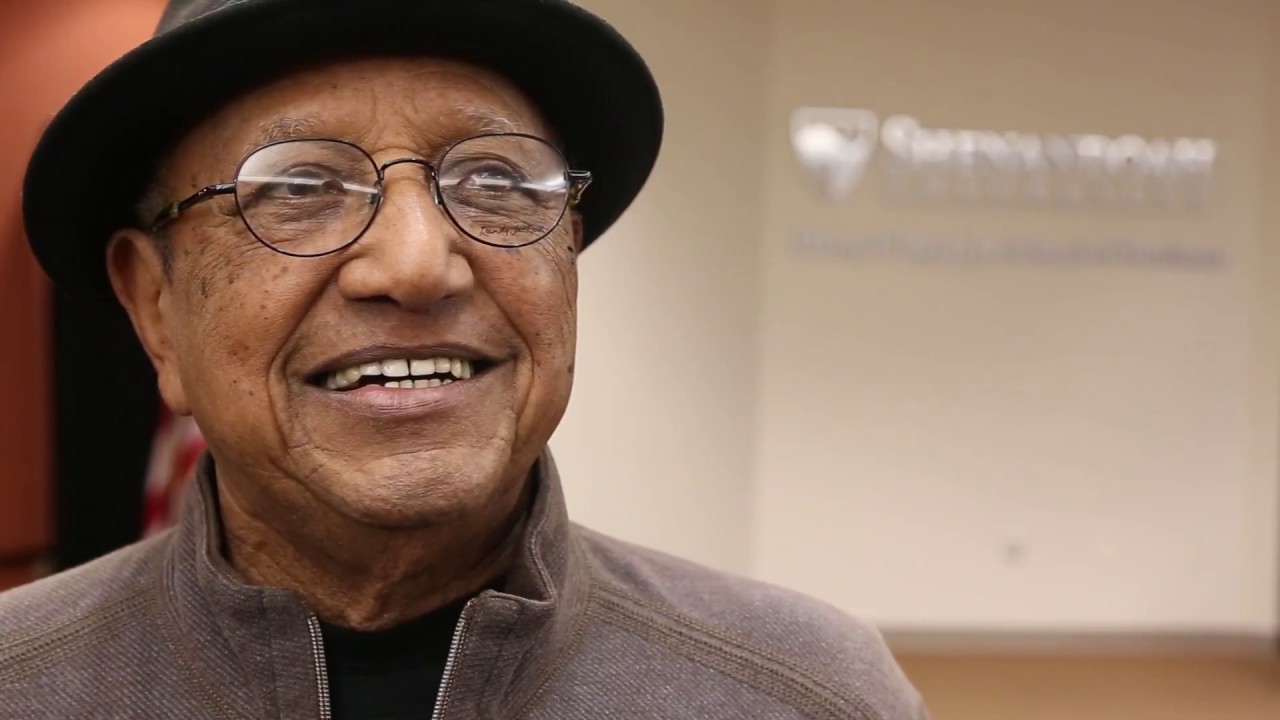
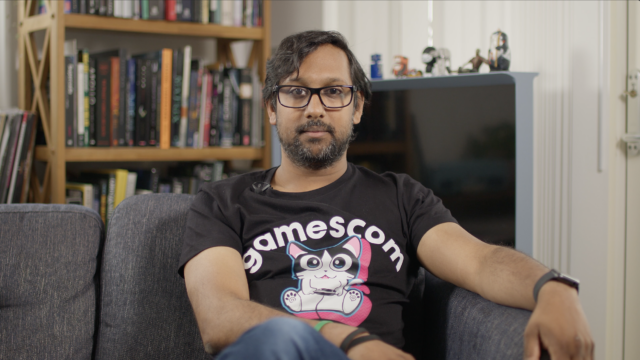

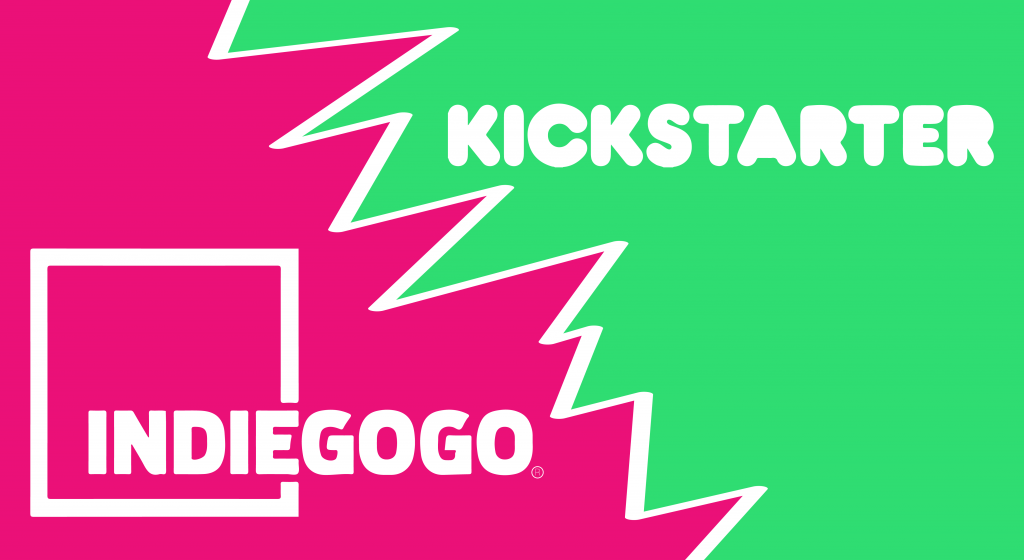


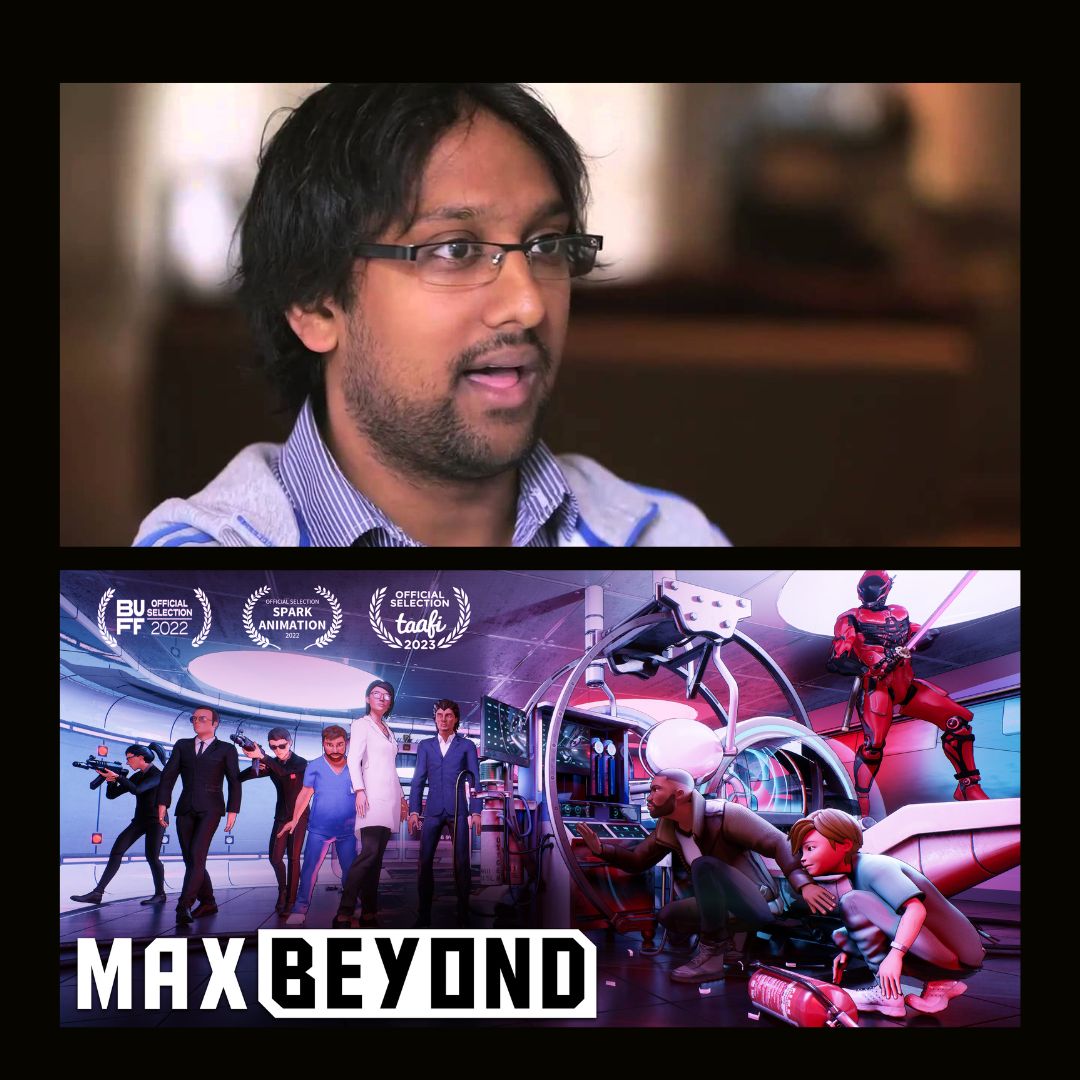



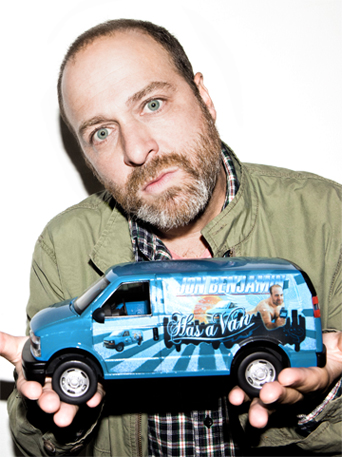















Hi Ashley, thank you so much for reading and we love the feedback. Note that on that day we had 14th posts go up and only ten posts show on the front page, so it's possible the preview had already been archived by the time you got to it. One recommendation would be to add our RSS feed to your favorite news aggregator service like Feedly, this way you get all of the latest posts!